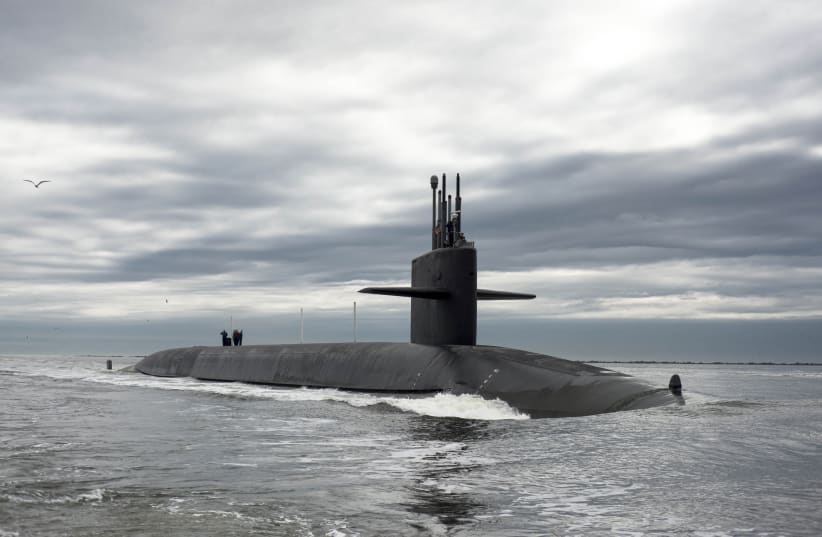The US is set to invest $34.4 billion in modernizing its nuclear deterrence capability, according to the US Defense Department's 2023 budget.
What is the nuclear triad?
This reinvesting in nuclear capabilities will see the US address critical points in what is called the nuclear triad, a term that refers to a three-legged military force consisting of land-launched nuclear missiles (also known as land-based nuclear intercontinental ballistic missiles or ICBMs), submarines armed with nuclear missiles (specifically submarine-launched ballistic missiles, also known as SLBMs) and aircraft armed with nuclear bombs and missiles.
The nuclear triad strategy's strength lies in its flexibility. Having three legs to the nuclear arsenal provides the ability to deliver a nuclear strike by air, land or sea, which greatly expands the defending country's options. It also allows for retaliatory strikes should one leg be destroyed and allows choosing which method to use while keeping reserves safe from a retaliatory strike.

What's the Defense Department's plan?
The plan will fund the Columbia-class nuclear ballistic missile submarine and ground-based strategic deterrent and long-range standoff programs, as well as funding science and technology development – and ramp up production funding for the B-21 bomber.
The new budget also highlights funding development efforts supporting nuclear command, control and communications systems.
Why is this necessary?
The budget stresses the importance of doing this to counter China and Russia.
Like the US, both of these superpowers have their own take on the nuclear triad. China's, however, is notably much smaller, with their nuclear weapon stock being closer in number and capability to France or the UK.
The Chinese military does maintain ICBMs, nuclear submarines and bombs, however.
Russia's nuclear arsenal is considerably more extensive. As noted by the Arms Control Association, Moscow has an estimated 6,257 nuclear warheads, which is more than the amount of nuclear weapons the US (5,550) and China (350) have combined.
Their arsenal includes the use of strategic aircraft equipped to use nuclear weaponry, land-based and mobile ICBMs and nuclear submarines.
This has become more relevant in recent weeks following fears that Russia's ongoing invasion of Ukraine could possibly turn nuclear if Russia chooses to use nuclear weapons. However, Moscow has maintained that it would only do so in the case of an existential threat against the country.
India, another nuclear power, also has nuclear-triad capabilities. However, their arsenal is also far less extensive than even China, France or the UK.
